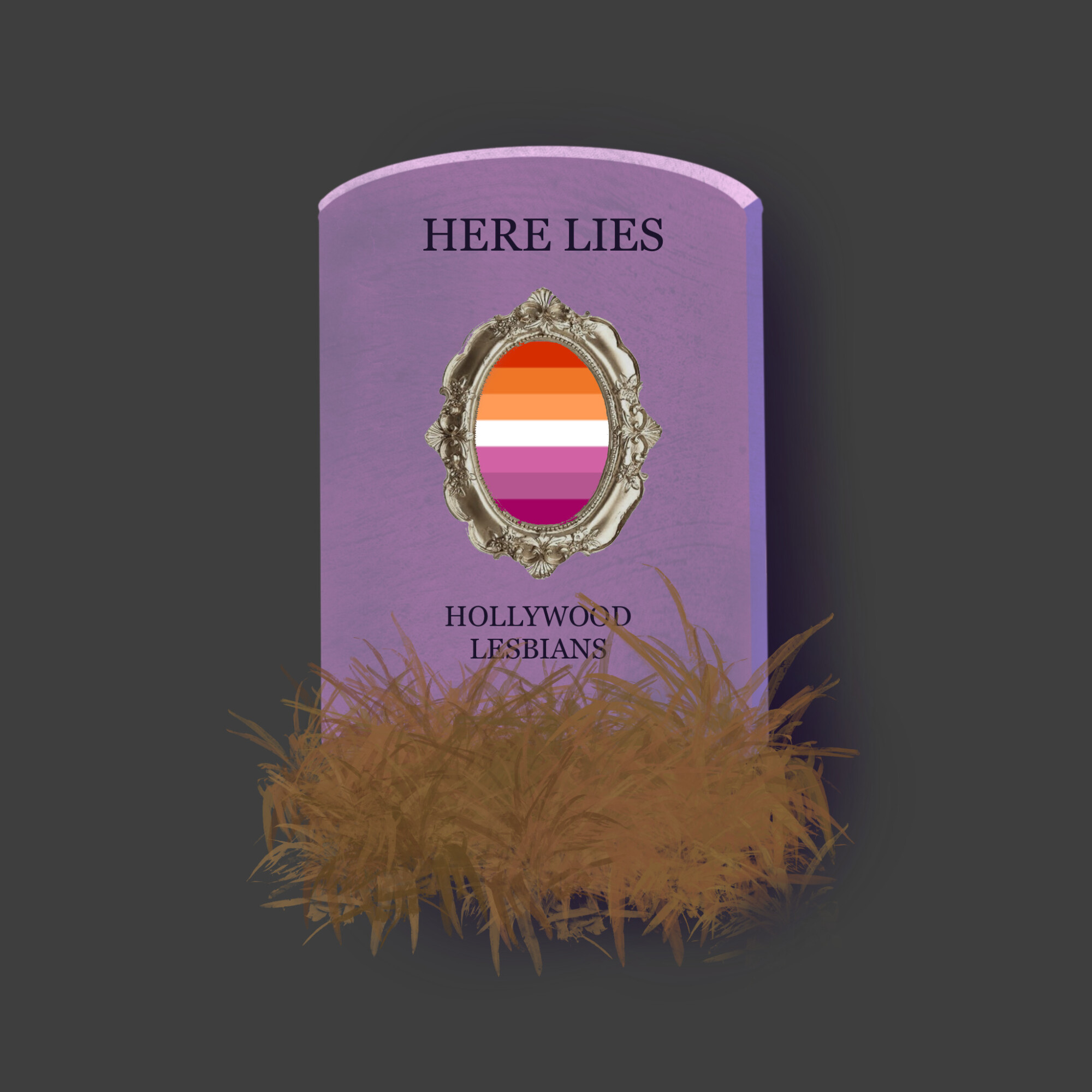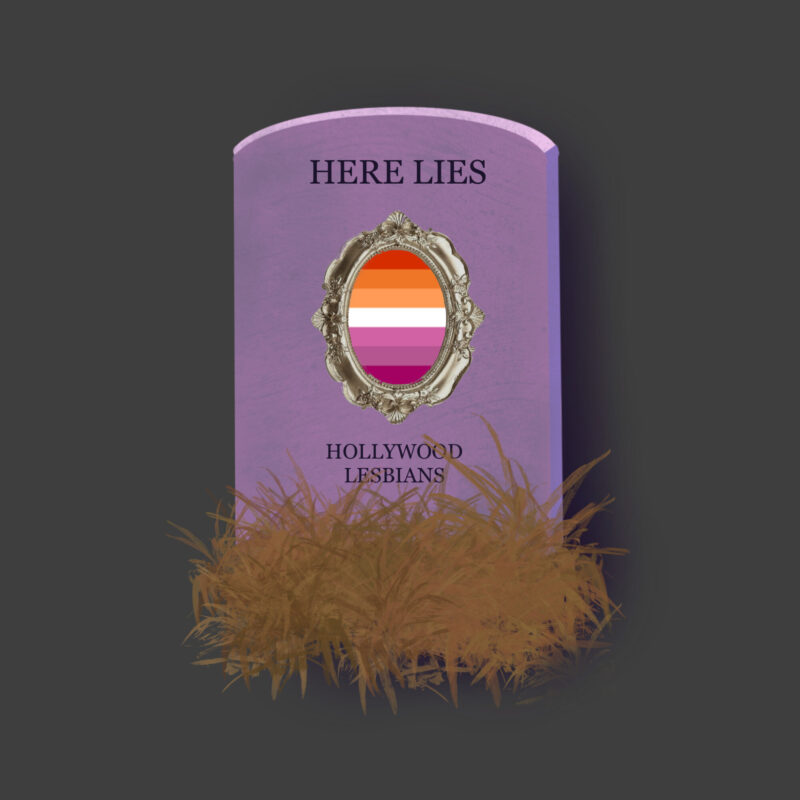Performative tragedy and the misuse of queer representation in the media

“Dead lesbian Syndrome” is a 1970s literary & TV phenomenon, representing misogyny & homophobia faced by female characters on screen.

Hay’s law, established in the 1930s, was a list of “moral guidelines” that governed cinematic subject matter, restricting and prohibiting anything from profanity to childbirth scenes to homosexual depictions and interracial relationships.
The law lingers today. Prior to this law, films featured numerous homosexuals (1920s-1930s).
During the Great Depression, poverty restricted movie audiences and filmmakers resorted to shock-value to attract audiences. In response, Will Hays (president of the MPAA) required homosexual imagery to be inherently negative and representation was regulated with the ban on sex perversion or any reference.
Hardships faced by queer communities bring more drama, viewers, and money.
They also reveal the notion that people are historically more comfortable with seeing queerness when it’s punished and want to consume media that subconsciously dissuades thoughts of alignment with the art.
Theoretical overlap between queer and horror movies is made evident when following the framework of the “bad guy” dying first, leaving the “good guys” to be saved. Rudimentary.
A typical retort is “there aren’t that many.” In reality, many websites were created to accurately catalog lesbian deaths since the 1970s, and the trend is disturbing to say the least.
Without cherry-picking niche examples, big name & high-budget productions are the biggest contenders – such as Orange is the New Black and Killing Eve.
The idea that an indication of interest of the same-sex immediately casts a shadow of uncertainty for the character’s longevity on screen is unsettling and unnecessary.
Watching same-sex female representation feels like a ticking time bomb, with an end written as predictably as the explosion.
Homosexual characters are a spectacle, regulated to caricatures of melodramatic, ill individuals who have yet to “find themselves.”
In other depictions, homosexual characters are reduced to something “digestible” for audiences so as not to portray something “other.”
Whether you are the audience or not, it’s clear that there is a disturbing trend that needs to be rectified.
Why are we still seeing these harmful trends in an age where June is celebrated as Pride Month?
Common themes in sapphic media include setting within a time period when queerness is frowned upon or the patriarch is in full affect.
This media frequently ends in a cliffhanger, leaving the viewer confused on if the couple was together or not.
In many cases, one of the women in the pairing is forced to stay with a man to align with the traditional “happy” nuclear family ending.
This type of ending subsequently takes away the true meaning of “lesbian” by making the plot center around a will they/won’t they dilemma.
The use of sexual/explicit male gaze-centric scenes shift the target demographic more to the male side.
They then pivot sapphic relationships, making them “less uncomfortable” and commodifying desire.
Whilst representation cannot be expected, studios have a responsibility to uphold decent representation.
The doomed-from-the-start cinematic strategy casts a sadistic shadow on the character’s story arc, perpetuating the old narrative that tragedy is for entertainment.
Further, it exemplified that the validity and sanctity of a blissful love for another is not enough to keep them around.
Between oversexualized homoerotic scenes and the over-abundance of tragic endings, the spectrum for sapphic love on screen is radically polarized, with fewer examples of normalcy to spare somewhere in the middle.
It is inaccurate to state that all media production is for the sake of entertainment and profit, as it is equally inaccurate to attribute what we see presented to us as true “representation”.
Predominantly tragic endings are thinly veiled as representation in an industry that profits off old guidelines.
An act that is the equivalent of throwing a bone to the dog – giving the community what they want without a care for the kind of representation they’re really asking for.
Why is true representation of these relationships so difficult to portray even today?
“When the day is done, my mind turns to her and I think, why are we to be separated.” – Abigail, The World to Come.


